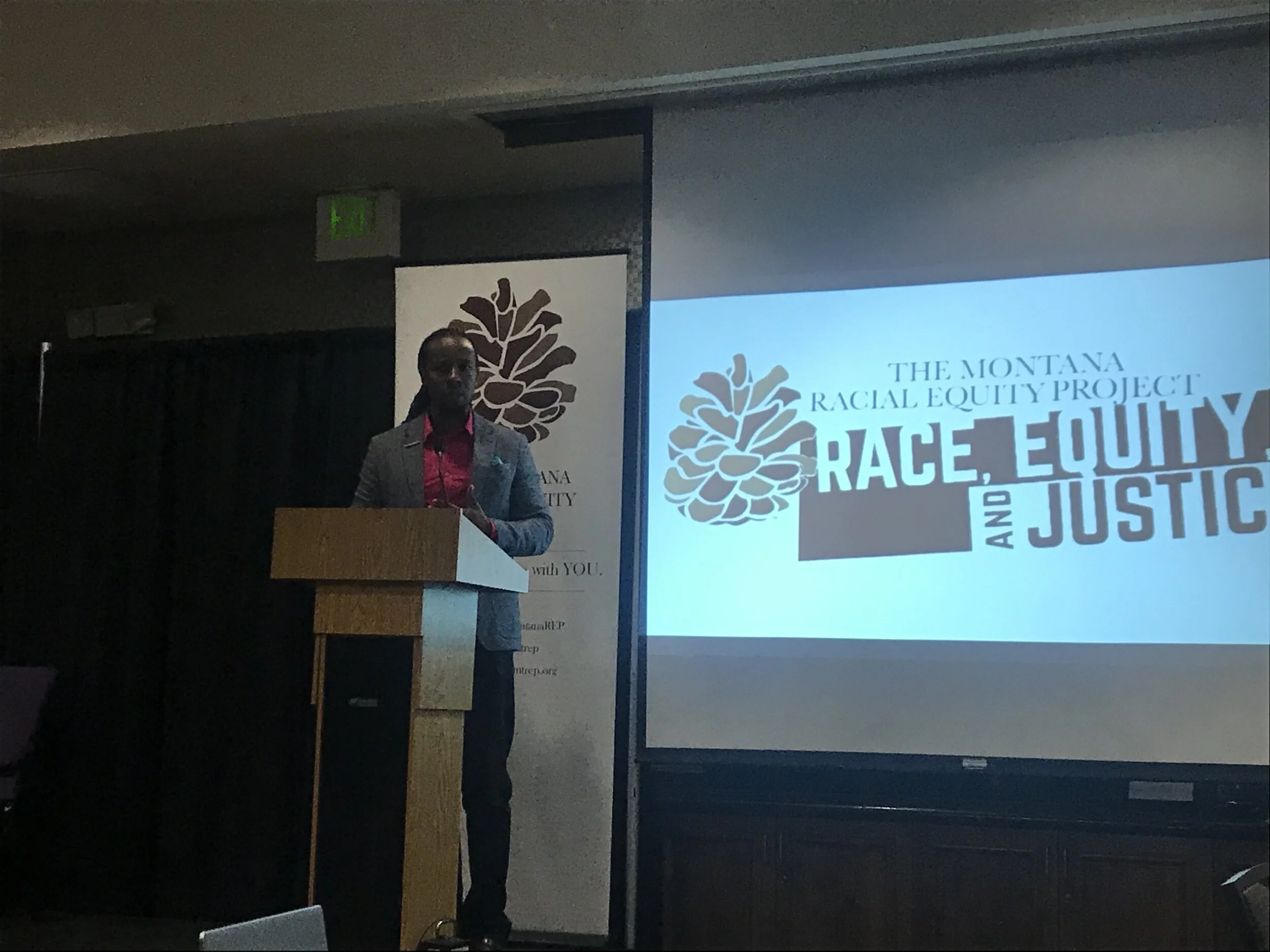How to be an Antiracist
by Ibram X. Kendi
How to Be an Antiracist is Dr. Kendi’s followup to his previous exploration of racist ideas in the United States, Stamped From the Beginning. He builds on that extensive history of racist ideas with this exploration of the various ways that racism manifests itself in our society, going chapter to chapter describing the intersection of racism with power, biology, ethnicity, body, culture, behavior, color, class, space, gender, and sexuality. As the author moves from each topic to the next, he weaves a narrative autobiography in which he describes the way he also had to overcome his own racist, sexist, or otherwise destructive ideas. Throughout it all, he maintains a framework and set of principals that direct both the author in his memoirs and the reader to understand each topic with a shared understanding based on these principals.
The book begins with definitions that set the structure for understanding the rest of the narrative.
“RACIST: One who is supporting a racist policy through their actions or inaction or expressing a racist idea.
ANTIRACIST: One who is supporting an antiracist policy through their actions or expressing an antiracist idea.”
By returning to this descriptive definition of racist or racism, Dr. Kendi takes back the conversation from one of emotionally-driven pejoratives and predictable defensiveness. Instead, by making the word descriptive again, Dr. Kendi forces the focus to go beyond people and into policies and ideas. Policies then can be racist if they tend, intentionally or not, to increase or maintain disparities between the race groups, or they can be antiracist if they decrease these disparities. Ideas are racist if they imply or state an inherent difference and thus hierarchy between the race groups. The other fundamental ground rule laid out is that the opposite of racist is antiracist, and not “not racist.” Dr. Kendi points out that everyone to include the Ku Klux Klan and Neonazis try to claim this neutral land of “not racist.” By setting out what the definitions of racist and antiracist will be from the beginning, and by completely divorcing them from intent and coupling them with effect, Dr. Kendi creates a clear framework where both the author and the reader can examine their own ideas and actions.
“When we stop denying the duality of racist and antiracist, we can take an accurate accounting of the racial ideas and policies we support. For the better part of my life I held both racist and anti-racist ideas, supported both racist and anti-racist policies; I’ve been antiracist one moment, racist in many more moments.”
The running narrative of Dr. Kendi’s life adds a personal richness to the book and through the humble vulnerability and willingness to grow expressed by the author, the reader does not feel as though they are being spoken down to by someone who simply knows better, but rather learning lessons from someone who has also made a journey of self-examination, self-critique, and finally self-transformation. This process of intellectual development does not have a beginning or an end for the person, and rather is a constant process that lays out a framework for all people to assess themselves and the ideas and policies they support. The author’s personal story and relatable vulnerability were enhanced for us by listening to the audiobook version, read by the author himself. We have been skeptical of audiobooks in general, being more traditional in the experience of sitting down to read and focus on the words on the page, but as a spoken word, the repetition and personal narrative are very much enhanced.
Having laid out the foundation for understanding what racism really is and how it manifests throughout society, Dr. Kendi describes a visionary process toward a more just and equitable society. The crux of this process is the realization that the cause and effect of racism and racist ideas and racist policies have been backward the entire time. Dr. Kendi posits that racist ideas only form to justify the racist policies that create racial inequity. Because these ideas are created to justify the policy, the racist ideas then lead to the bigotry and hate that is apparent in individuals. This process in contrast to the long-believed model in which we need only educate away the bigotry and hate of individuals to diminish the power of racist ideas and then racist policies would just naturally disappear. But of course racist policy, as defined from the outset remains despite centuries of education and the forever chorus from policy creators of being “not racist.”
“Racist policymakers drum up fear of antiracist policies through racist ideas, knowing if the policies are implemented the fears they circulate will never come to pass. Once the fears do not come to pass, people will let down their guards as they enjoy the benefits. Once they clearly benefit, most Americans will support and become the defenders of the antiracist policies they once feared.”
Although revolutionary in terms of ideas, the concepts and content of How to Be an Antiracist are within the grasp of understanding and adoption of any open-minded reader and make this book an absolutely essential read which happens to be quite enjoyable as well. We had the privilege to hear Dr. Kendi’s keynote speech at the Montana Racial Equity Project 2019 Conference, where his powerful address emphasized concepts from both books. We highly recommend How to be an Antiracist & Stamped From the Beginning, but you can’t borrow our signed copies.
“Like fighting an addiction, being an antiracist requires persistent self-awareness, constant self-criticism, and regular self-examination.”
Dr. Kendi speaking at the MTREP 2019 Conference “Race, Equity, & Justice”
